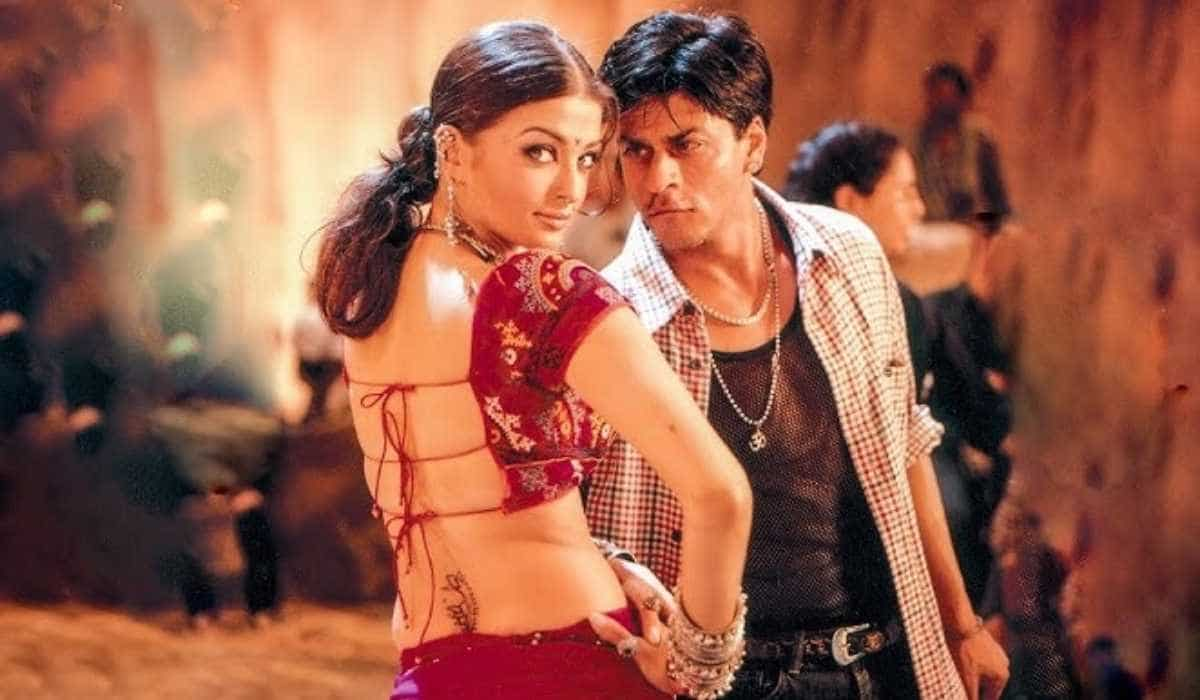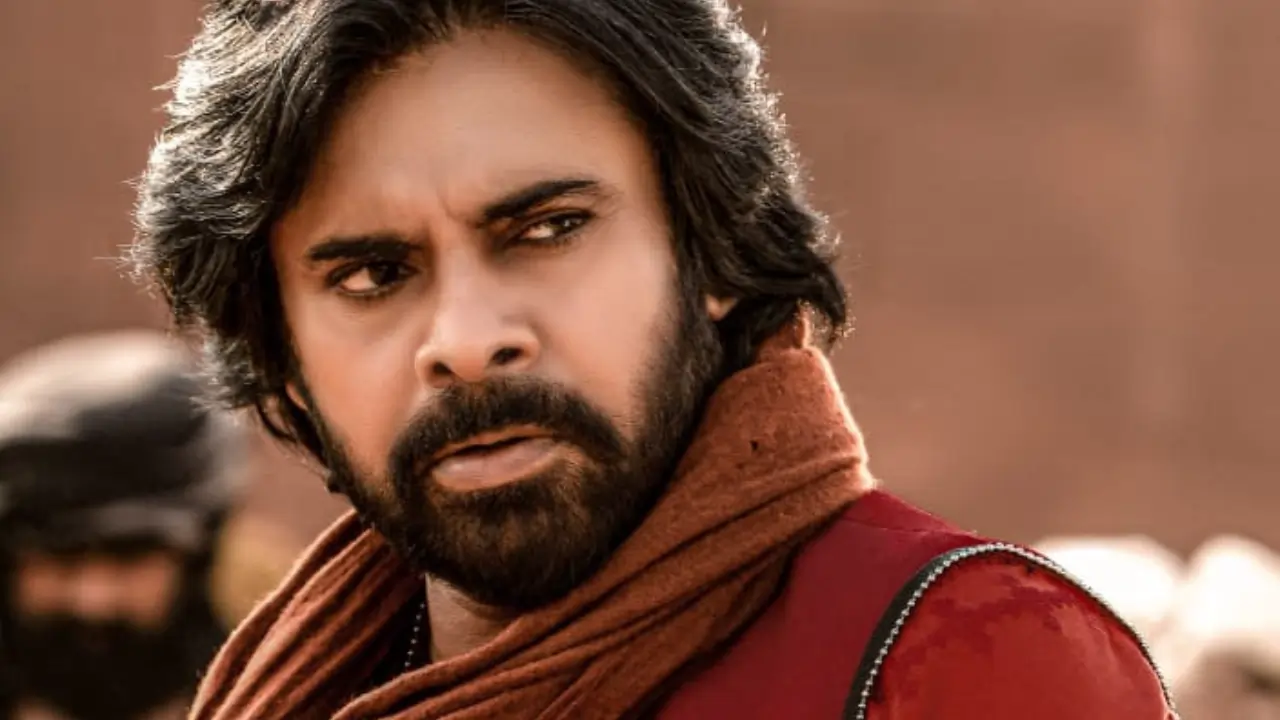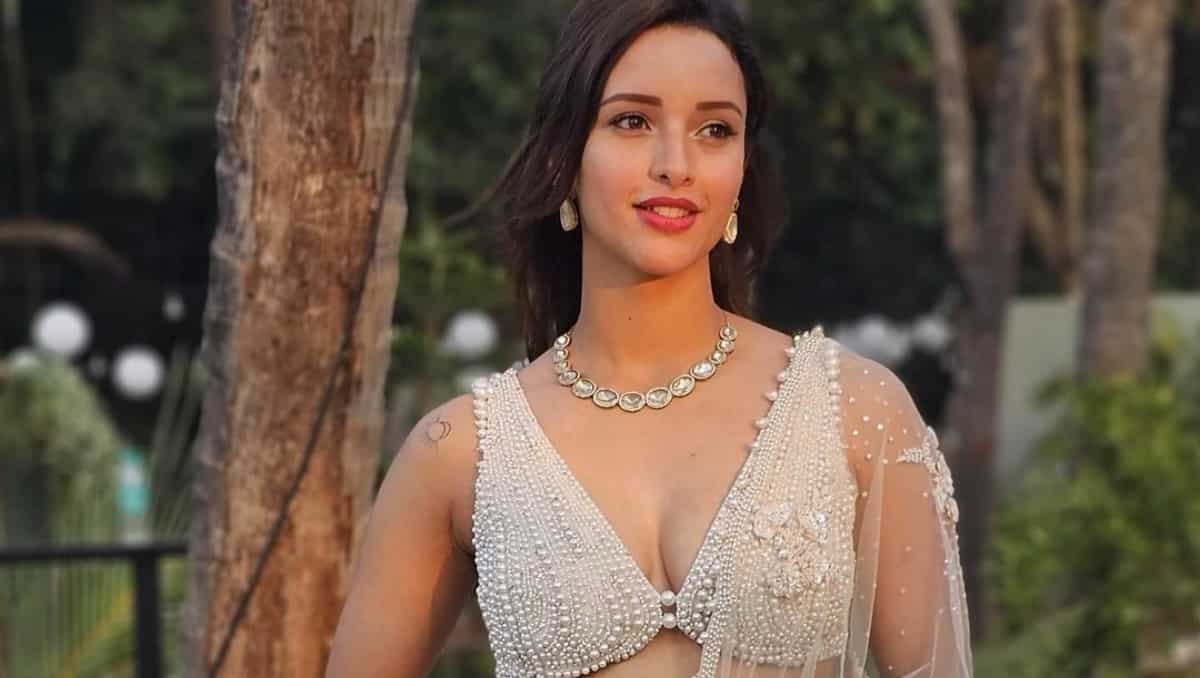
Incoming stitch: How Indian costume designers make history shine on screen
3 months ago | 33 Views
Have Indian costumers ever had it so good? All of a sudden, period dramas and comedies are all over Indian screens. The year’s breakout hit, Laapataa Ladies, recreates a time just before mobile phones took over our lives. Ae Watan Mere Watan is set in 1942, amidst our struggle for freedom. A biopic on Indira Gandhi is in the works, as is a movie about Digvijaysinhji Ranjitsinhji Jadeja, the Gujarati prince who sheltered thousands of Polish children during World War II.
And streaming on Netflix is Sanjay Leela Bhansali’s Heeramandi: The Diamond Bazaar. The tale of courtesans in undivided Punjab of the 1940s has polarised viewers and critics. But its sumptuous costumes, created by Rimple and Harpreet Narula, are an undisputed hit.
So, what does it take to recreate a moment in the past, and design looks that illuminate a story without eclipsing it? We asked Rimple Narula, who also worked on Padmaavat (2018); Ratna Dhanda, costume designer on Ae Watan Mere Watan and founder of The Dress Anatomy; and Niharika Bhasin, who created 1950s garments for Khoya Khoya Chand (2007), turned actors into Ravi Varma muses in Rang Rasiya (2008), and gave costumes an Art Deco twist in Bombay Velvet (2015). They all say it’s more complicated than it seams.

Choice cuts
For Heeramandi, the Narulas knew that Bhansali’s vision runs both sumptuous and ambitious. They’d worked with him on Padmavaat and Rimple Narula recalls visiting the Calico Museum of Textiles in Gujarat, the Victoria & Albert Museum in the UK, and vintage costume shows for research on what royals wore in 14th century India. She even flew to Turkey and collected cloth from antique stores to understand what old fabrics felt like.
Over two years, the Narulas created some 300 individual costumes for the eight-episode Heeramandi. They kept in mind the ensemble scenes (everyone’s in yellow anarkalis for the song Sakal Ban), and also standout looks. Bibbojaan’s red Banarasi lehenga, dark blue velvet blouse and sheer golden dupatta for the song Saiyaan Hatto Jaao went viral from the moment the promo aired. Mallikajaan’s ivory lehenga and kurta, paired with a lightly coloured dupatta sets her immediately apart from the brighter pallette.

Narula says she received many compliments for dressing the nawabs in linen kurtas. Her own favourite is Lajjo’s final mujra look: Peacock blue French chiffon kalidar, red silk gilet, rust brocade pyjama and gold tinsel dupatta. “The blue was unusual because historically, women wore bright colours for mujras. We decided to do something different. It was so striking and unusual,” she says.
Material gains
Period costumes typically take longer to create. Those working behind the scenes need more than a sense of history and an eye for detail – how sequins were stitched, how hemlines fell, how jackets used to fit, how dresses were fastened before zippers. They must also make sure the delicate garments work through endless retakes, dance and fight scenes, close-ups and long shoot schedules. No one wants sweat stains or a ripped sleeve ruining a shot.
Costumers must also resist the urge to make a top actor look fabulous without considering the background characters. They can’t let current trends cloud their judgement. They have to respect the director’s vision.

So, visual references are a key starting point. For Ae Watan Mere Watan, Dhanda says she read books set in the era she was designing for, and spoke to people who lived around the time of Independence. “My grandfather was in the Indian Army in the 1930s and many elder members of my friends and family are still around. They have memorabilia, pictures and tales from that time. It helps form a mental picture of that historic period,” she says. Pre-production took about six months, during which the team crafted every look in the story.

Before starting work on Khoya Khoya Chand, which follows the film industry in the 1950s and 60s, Bhasin says that she spoke with actors Waheeda Rehman and Sharmila Tagore, and her own mother-in-law at the time, Begum Para (who was an actress herself in the 1940s and 1950s) and drew inspiration from their photographs. Bhasin dressed Tagore’s daughter, Soha, in bright red, green and rust saris. She found them in local markets, borrowed some from friends, and even went digging into her own mother’s cupboards.
Out of sequins
It can so easily go wrong. Rewind to 2016, and cringe at Hrithik Roshan’s dhoti trousers, printed turbans and tailored kurtas in Mohenjo Daro. Or watch Kalank (2019), ostensibly set in 1940s Lahore, but with outfits that look like they could be on a mall mannequin today. Even Hollywood’s 2019 remake of Little Women had a few missteps. The poor American family, eking it out through a cotton shortage during the Civil War, was befuddlingly dressed in new outfits. It still won Best Costume Design at the 92nd Oscars.

Sourcing or sewing from forgotten patterns is tough enough. “Let me be deathly honest. My biggest challenge is money,” says Bhasin. Most costumers have a bag of tricks to make lavish-looking clothes for next to nothing. For Season 8 of Game of Thrones, each episode had a budget of $15 million. And yet, Jon Snow’s furs were largely made from Ikea rugs.
“A period film doesn’t get a bigger costume budget. Hair and make-up are now part of the actor’s entourage; even they get more money. So, production ends up concentrating on the main actors’ costumes and forgets about the background, the very thing that sets the mood of the period,” says Bhasin.
For Heeramandi, though, Narula says they didn’t cut corners. Bhansali gave them one year to prepare, while he was casting. “So we took our own sweet time.”





















